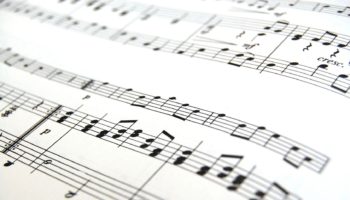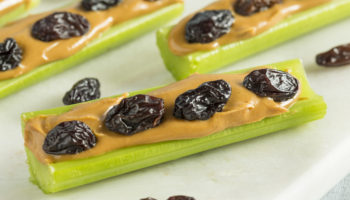By Kitty Syster
The focus on math has become increasingly important in early childhood over the past few years. Research has led the Environment Rating Scale authors to put a greater emphasis on math. The ECERS-3 scale contains 3 math items.
Incorporating math into the curriculum is an important way to help children understand written number and use numbers in their everyday life. Following are some simple ideas for incorporating math into your classroom every day.
Written Number
Try to use multiple visual forms of a number. If you use center tags to help children know how many are allowed in each center, use pictures, numbers and different forms of the number. This example shows the written number, the written word and pictures: 2, two, xx.
Math throughout the classroom
Math learning does not only happen in the math interest center. Just as adults use math throughout the day in various settings, teachers can help children do the same. Try to find math in your classroom group times and routines and draw attention to them to help children “see” numbers in everyday life. A common way is counting how many friends are present during group time. Expand the math concept by counting how many friends are missing and then talk out the addition problem to review how many children are enrolled. Here’s an example of how that might sound. “Wow, thanks for helping me count! We have 5 friends here today and 3 friends are absent, so how many friends do we have when everyone is here? We have 5 here plus 3 absent, so 5 plus 3 equals 8 friends total.”
Lunch or snack provides time to incorporate math during routines. Children can help set up for lunch and make comparisons. “We have 10 friends today plus 2 teachers so we have 12 people who need to sit at the table. How many chairs do we need?” Then expand on that by saying, “If we need 12 chairs, how many plates and napkins do we need?” For younger children, it can be rephrased as a statement. “Since we have 12 chairs, we also need 12 plates and 12 napkins.”
When interacting with children at the block center you can incorporate basic math into more complex math talk. Some basic concepts are shapes and size comparisons. “I see you are building with two triangles (point to them and count 1, 2). What happens when you put the 2 triangles next to each other? Look, they make a square.” Children can make comparisons by examining the size differences between 2 of the same shaped blocks. If children are building structures, talk to them about how they compare to each other using words like bigger, smaller, taller, and wider. “Joe, your tower is taller than Mike’s but his is wider. See he has 3 rectangle blocks across the bottom and you have 2 square blocks.”
Don’t forgot to use different words that mean the same thing and explain what each word means to the child if needed, such as bigger, larger, greater, more, add, less, fewer, smaller, subtract, minus, taller, and wider.
These are just a few examples of how to incorporate math and math talk into your classroom. Now go back and make your own examples during group time, routines, and free play in all the interest centers. See if you can think of 1 example for every area of your room and every part of your schedule!
For more great reading on math and literacy check out the articles below.
Early Childhood Mathematics: Promoting Good Beginnings
Early Math: Math and Literacy – A Powerful Pair
Help Your Child Develop Early Math Skills
References
Neuman, S., & Roskos, K. (2007). Nurturing Knowledge. New York: Scholastic.


